 W. H. Toland House
W. H. Toland House
Entry Category: Counties, Cities, and Towns - Starting with W
 W. H. Toland House
W. H. Toland House
 Wabbaseka
Wabbaseka
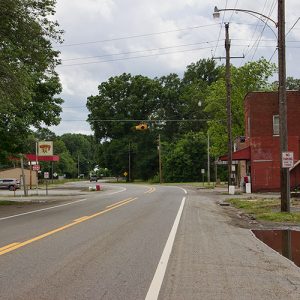 Wabbaseka
Wabbaseka
Wabbaseka (Jefferson County)
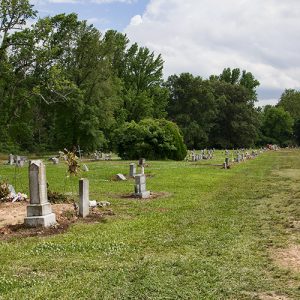 Wabbaseka Cemetery
Wabbaseka Cemetery
 Wabbaseka Community Park
Wabbaseka Community Park
 Wabbaseka Water Tower
Wabbaseka Water Tower
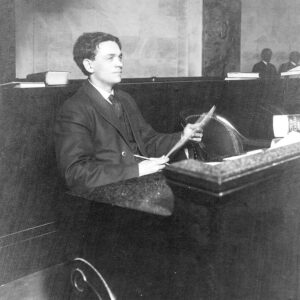 W. J. Waggoner at Desk
W. J. Waggoner at Desk
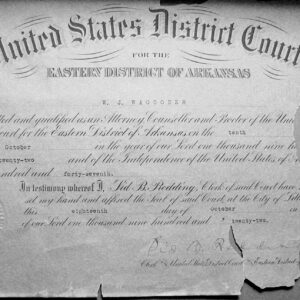 W. J. Waggoner Bar Admission
W. J. Waggoner Bar Admission
 William J. Waggoner
William J. Waggoner
 William J. Waggoner
William J. Waggoner
 William J. Waggoner and Ruth Bradford
William J. Waggoner and Ruth Bradford
 Wal-Mart Visitors Center
Wal-Mart Visitors Center
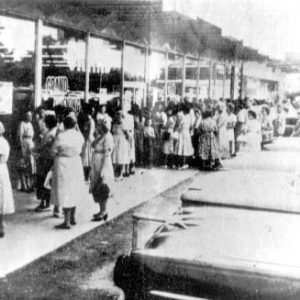 First Opening of Wal-Mart
First Opening of Wal-Mart
Waldenburg (Poinsett County)
Waldo (Columbia County)
Waldron (Scott County)
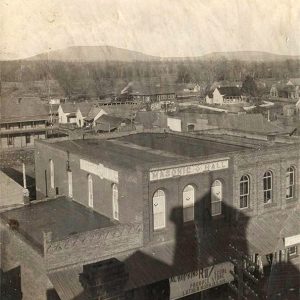 Waldron Aerial View
Waldron Aerial View
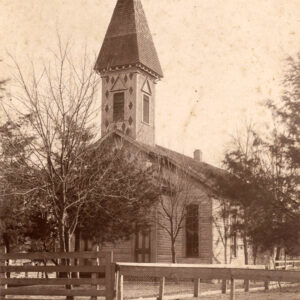 Waldron Church
Waldron Church
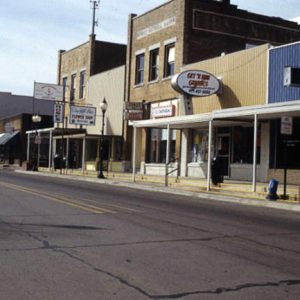 Waldron Commercial Historic District
Waldron Commercial Historic District
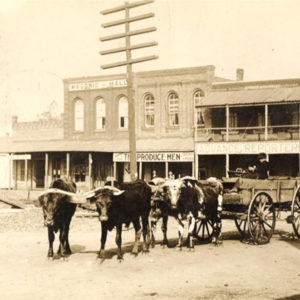 Waldron Produce
Waldron Produce
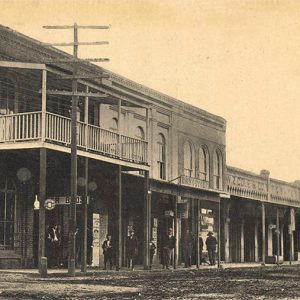 Waldron Street Scene
Waldron Street Scene
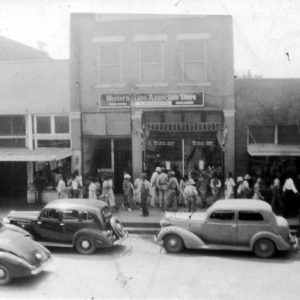 Waldron Western Auto Store
Waldron Western Auto Store
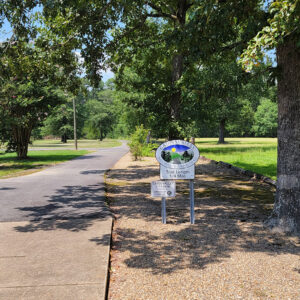 Walking Trail
Walking Trail
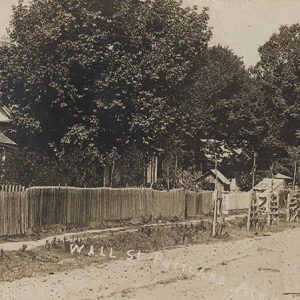 Wall Street
Wall Street
 Wallace Building
Wallace Building
Wallaceburg (Hempstead County)
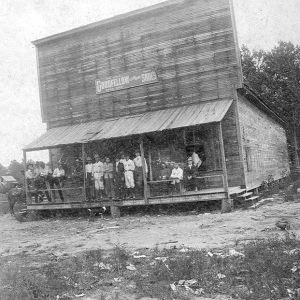 Wallaceburg Store
Wallaceburg Store
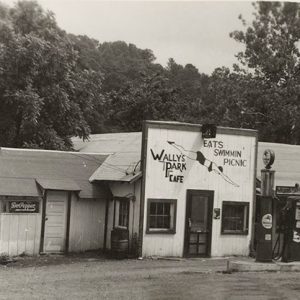 Wally's Cafe
Wally's Cafe
Walnut Grove (Independence County)
Walnut Ridge (Lawrence County)
 Walnut Ridge Businesses
Walnut Ridge Businesses
 Walnut Ridge Church
Walnut Ridge Church
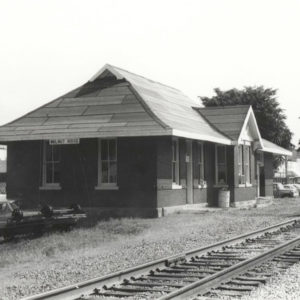 Walnut Ridge Depot
Walnut Ridge Depot
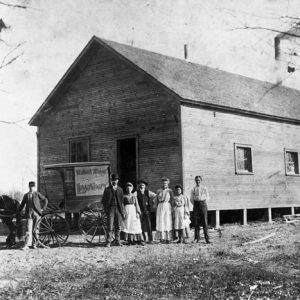 Walnut Ridge Laundry
Walnut Ridge Laundry
 Walnut Ridge Street Scene
Walnut Ridge Street Scene
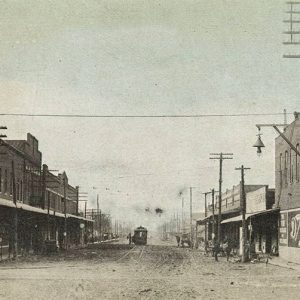 Walnut Ridge Street Scene
Walnut Ridge Street Scene
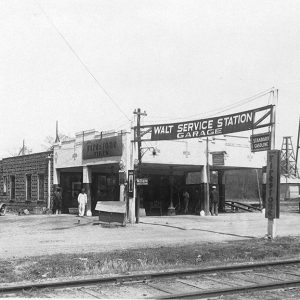 Walt Garage
Walt Garage
 Walton Arts Center
Walton Arts Center
Ward (Lonoke County)
 Ward Community Building
Ward Community Building
 Ward Municipal Building
Ward Municipal Building
 Ward Rescue Vehicles
Ward Rescue Vehicles
 Ward Street Scene
Ward Street Scene
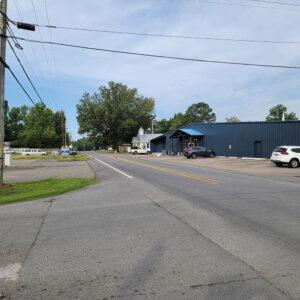 Ward Street Scene
Ward Street Scene
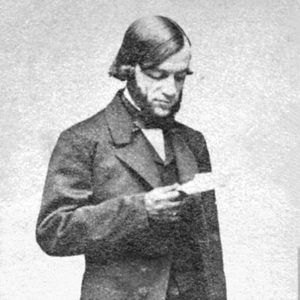 George Cabot Ward
George Cabot Ward
Warren (Bradley County)
 Warren Church
Warren Church
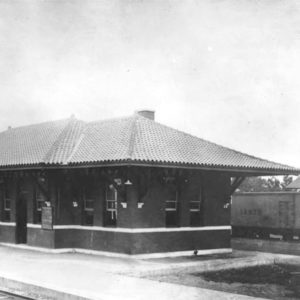 Warren Depot
Warren Depot
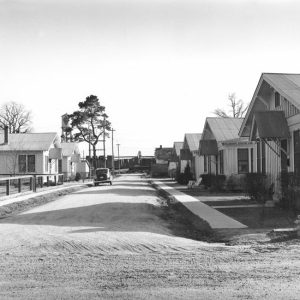 Warren Mill Worker Housing
Warren Mill Worker Housing




